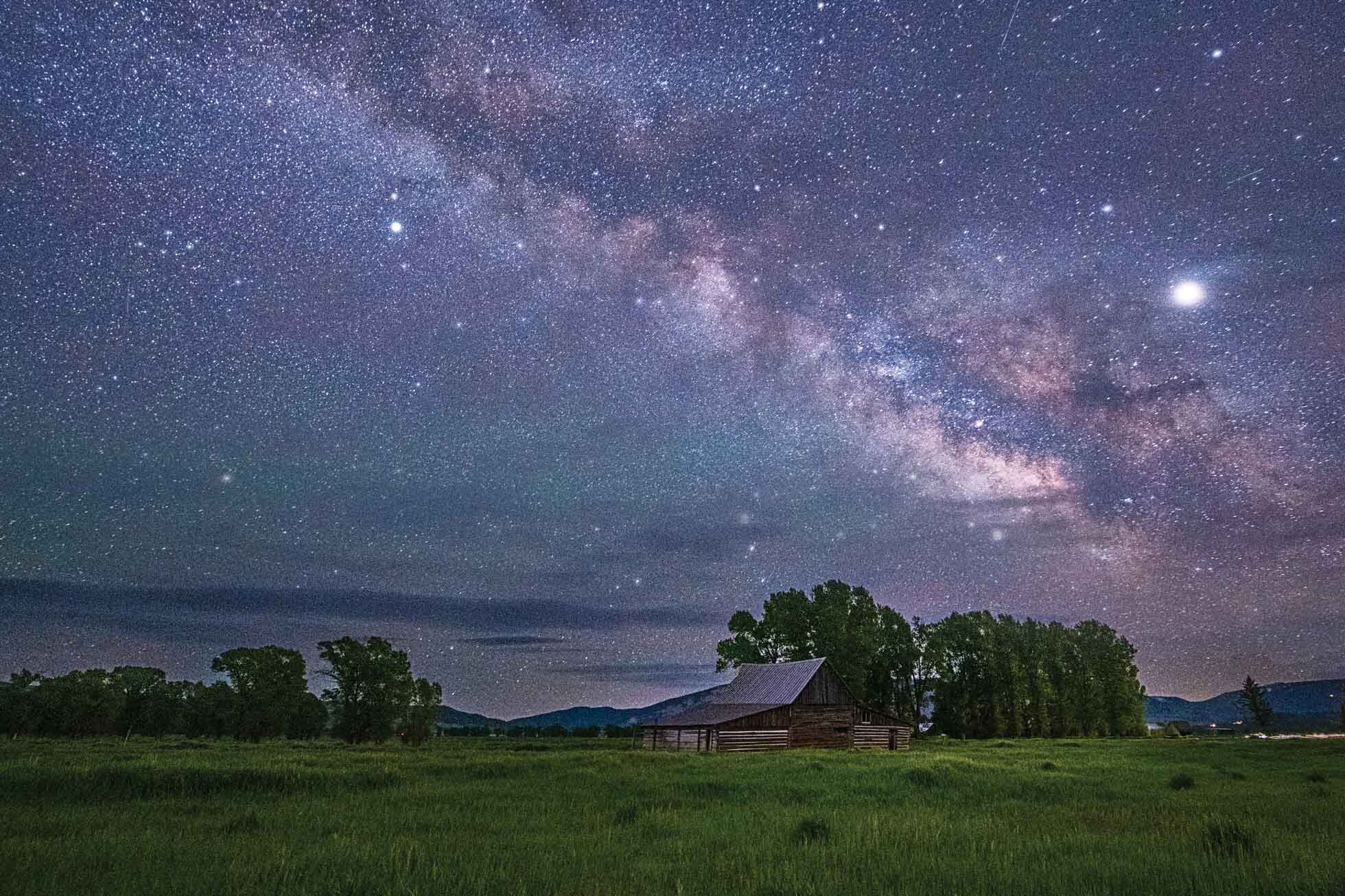Weather has such a strong impact on landscape photography and getting out in ideal conditions can really take your imagery to the next level. There are a number of helpful weather apps that are helpful in predicting when Mother Nature will provide those ideal conditions. While no app or forecast is foolproof or perfect, here are 5 of my favorite apps I use in planning my photography adventures.
1 ) Sun Surveyor
I love Sun Surveyor because it gives so many different tidbits of information in one little app! Put in your location and date and Sun Surveyor tells you sunrise and sunset time, moonrise and moonset, golden hour, and blue hour. You can find out the phase of the moon and the time that the core of the milky way will be visible (if applicable). There is a map that will show the arc of the movement of the sun and moon across your location. The live view will also show you exactly where the sun, moon or milky way will be at any given time as you stand in your location.
2) Photopills
Photopills is my go-to app for planning my Milky Way shoots. Using the Photopills planner, I can plan my Milky Way shooting wherever I may traveling too. I can set the pin at a location and see how the Milky Way will line up at all hours of the night. This eliminates the guesswork involved with astrophotography. The Night AR view allows me to see exactly how the Milky Way will line up at a particular time as I stand in a location. I have planned many Milky Way shooting sessions for my retreats months in advance by using Photopills.
3) Astrospheric
Astrospheric is another awesome weather app that shows cloud cover by the hour and includes a radar that shows the clouds moving over your location. You can watch the radar or click on a particular hour to see the cloud cover prediction and location of the clouds. Great for predicting those clear nights for astrophotography.
This app gives you hour by hour information on the cloud cover in your chosen location. Not only does it tell your overall cloud cover but it also tells you whether they are low, mid or high clouds. You can also see visibility, fog, chance of rain and temperature. The cloud cover numbers are so helpful for predicting clear nights for astrophotography as well as chance of clouds for enhancing sunrise and sunset.
This helpful app will give you the current KP index and show you the likelihood of seeing the Northern Lights in your chosen location. There is an Aurora Map that shows the best locations to see the Aurora and shows you the long term KP potential forecast. A forecast is always a forecast though, right?! The app also will alert you of high aurora activity.
Again, forecasts can be unpredictable and no app is perfect, but the combination of these apps can help to figure out when and where I can find the best opportunities for landscape and astrophotography. Do you have any favorite apps not listed here? I’d love to hear about them and add them to my tool list 😊
Just 3 spots left in my 2023 Ladies Landscape Retreats! 1 spot in the June Magic in the Tetons Retreat and 2 spots in Magic in Hilton Head!
Kristen Ryan is an award winning and published landscape and fine art photographer and educator residing in the Midwest suburbs of Chicago. All images are available for purchase in the Fine Art Store or by request. Kristen leads ladies landscape photography retreats in the Tetons, Chicago, Glacier, Hilton Head and the Canadian Rockies, and offers private mentoring.






























